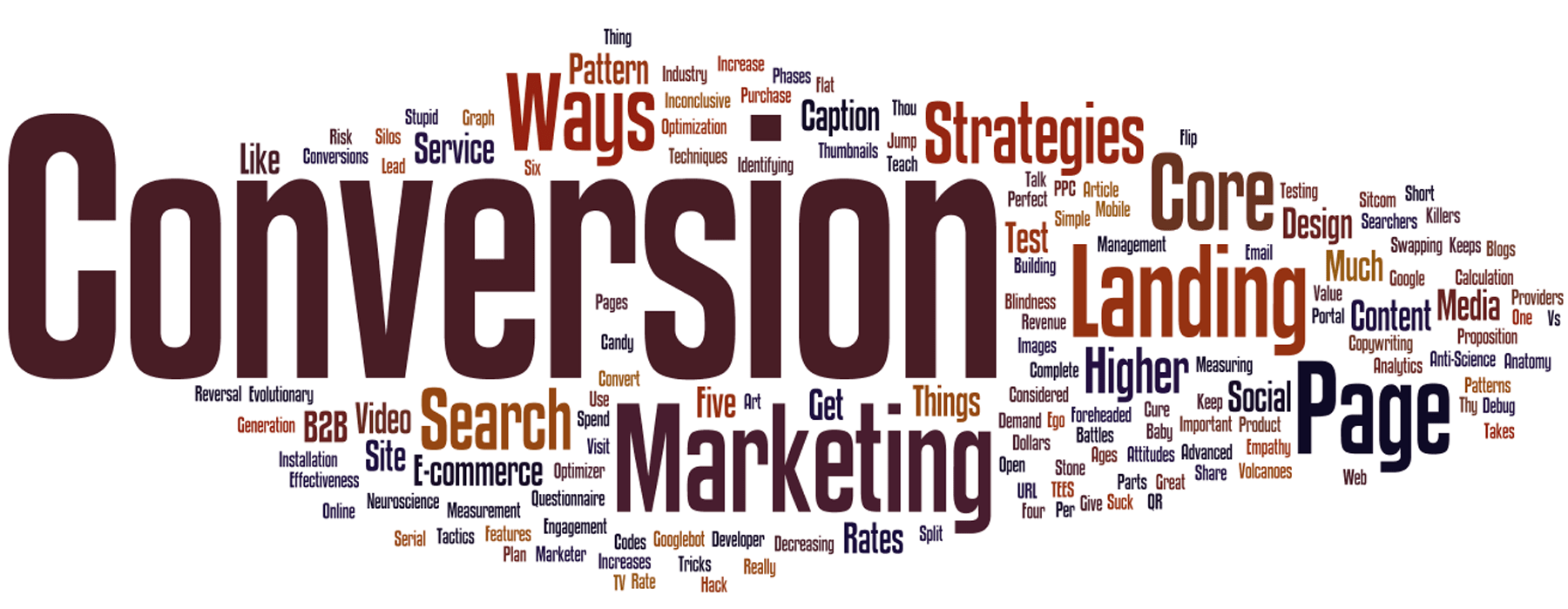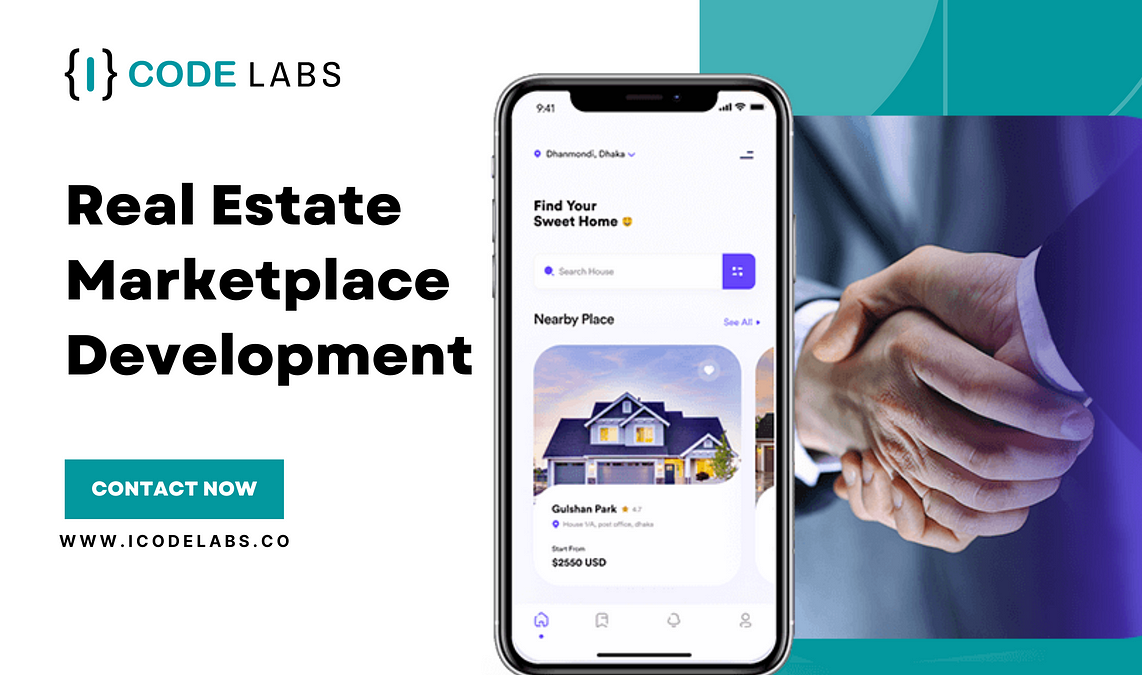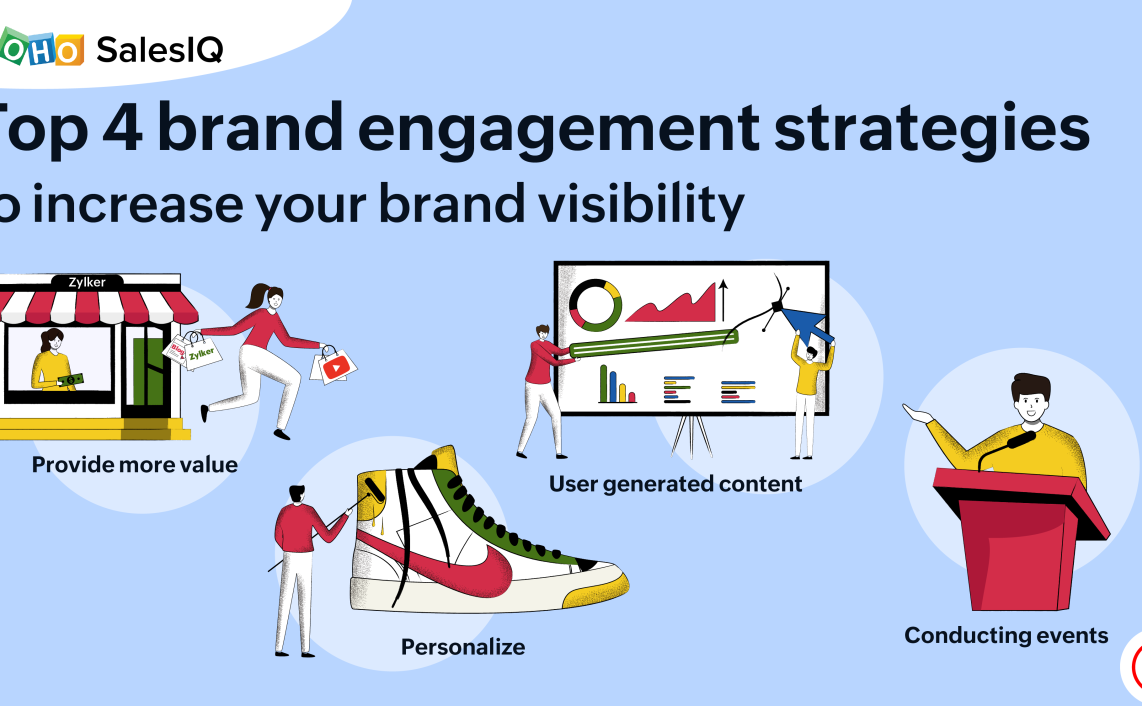Maximizing Conversion Rates Through Personalized Online Advertising For E-commerce

Executive Summary

In today’s highly competitive e-commerce landscape, businesses need to leverage every opportunity to increase conversion rates and drive sales. Personalized online advertising provides a powerful solution by tailoring marketing messages to the specific interests and preferences of individual consumers. This comprehensive guide explores five key subtopics essential for maximizing conversion rates through personalized online advertising, including:

- Target Audience Segmentation
- Contextual Relevance
- Data-Driven Optimization
- Dynamic Creative Optimization
- Cross-Channel Integration
By understanding and implementing these subtopics, businesses can create highly effective personalized online advertising campaigns that resonate with consumers, enhance the user experience, and ultimately drive increased conversions.
Introduction
In the digital age, online advertising has emerged as a crucial channel for e-commerce businesses to reach their target audience and drive conversions. However, with the abundance of advertising messages bombarding consumers, it has become increasingly challenging to capture attention and make a lasting impact. Personalized online advertising offers a breakthrough solution by delivering tailored messages that speak directly to the specific needs and interests of each individual.
FAQs
Q: What are the benefits of personalized online advertising?
A: Personalized online advertising increases engagement, enhances brand perception, improves conversion rates, reduces customer acquisition costs, and fosters long-term customer loyalty.
Q: How do I collect data for personalized online advertising?
A: Data can be collected through various sources, including website analytics, email campaigns, social media interactions, and customer surveys.
Q: How do I measure the effectiveness of my personalized online advertising campaigns?
A: Key performance indicators (KPIs) such as click-through rates, conversion rates, average order value, and return on investment (ROI) should be monitored to measure campaign effectiveness.
Target Audience Segmentation
Target audience segmentation involves dividing the customer base into distinct groups based on shared characteristics, such as demographics, interests, and behavior. This enables businesses to tailor advertising messages to the specific needs of each segment.
- Identify key customer segments: Conduct market research and analyze customer data to identify distinct customer groups with unique needs and preferences.
- Create personalized messaging: Develop tailored advertising messages that resonate with the interests and pain points of each segment.
- Use behavioral targeting: Leverage customer behavior data to deliver targeted ads based on their browsing history, search queries, and past purchases.
Contextual Relevance
Contextual relevance ensures that advertising messages are aligned with the specific context of the consumer’s online experience. This involves delivering ads that are relevant to the content they are viewing, the keywords they are searching for, or the location they are accessing from.
- Analyze user intent: Understand the purpose behind the consumer’s online search or interaction to determine the most relevant advertising message.
- Use keyword targeting: Align advertising messages with specific keywords or phrases that consumers are searching for.
- Leverage geo-targeting: Target consumers based on their geographic location to deliver highly relevant ads.
Data-Driven Optimization
Data-driven optimization involves continuously monitoring and analyzing campaign performance data to identify areas for improvement. This data-centric approach allows businesses to refine their personalized advertising strategies and maximize results.
- Track key performance indicators: Monitor KPIs such as conversion rates, click-through rates, and average order value to assess campaign effectiveness.
- Use A/B testing: Conduct split testing experiments to compare different ad variations and identify the most effective messages and creatives.
- Optimize ad spend: Allocate advertising budget wisely by adjusting bids and targeting based on data-driven insights.
Dynamic Creative Optimization
Dynamic creative optimization involves using technology to automatically generate and deliver personalized ad creatives in real-time. This allows businesses to tailor ad messages to the individual preferences and context of each consumer.
- Leverage personalization rules: Define rules to automatically adjust ad copy, images, and other elements based on consumer attributes or behavior.
- Use AI-powered optimization: Utilize artificial intelligence (AI) to optimize ad creatives for maximum impact and relevance.
- Provide real-time customization: Deliver personalized ad experiences that are tailored to the specific device, time of day, and other user-specific factors.
Cross-Channel Integration
Cross-channel integration ensures that personalized advertising messages are delivered consistently across multiple channels, including email, social media, display ads, and search ads. This cohesive approach provides a seamless user experience and reinforces the brand message.
- Create a unified customer experience: Deliver consistent personalized messages across all touchpoints to foster a positive brand perception.
- Leverage omnichannel marketing: Coordinate advertising efforts across multiple channels to provide a comprehensive brand experience.
- Track cross-channel performance: Analyze data from multiple channels to identify synergies and optimize overall campaign performance.
Conclusion
Personalized online advertising is an invaluable tool for e-commerce businesses seeking to enhance conversion rates and drive sales. By implementing the strategies outlined in this guide, businesses can create highly effective advertising campaigns that resonate with consumers, foster brand loyalty, and ultimately achieve their business objectives. By leveraging target audience segmentation, contextual relevance, data-driven optimization, dynamic creative optimization, and cross-channel integration, e-commerce businesses can unlock the full potential of personalized online advertising and maximize their return on investment.
Keyword Tags
- Personalized Online Advertising
- E-commerce Conversion Optimization
- Target Audience Segmentation
- Contextual Relevance
- Data-Driven Marketing







